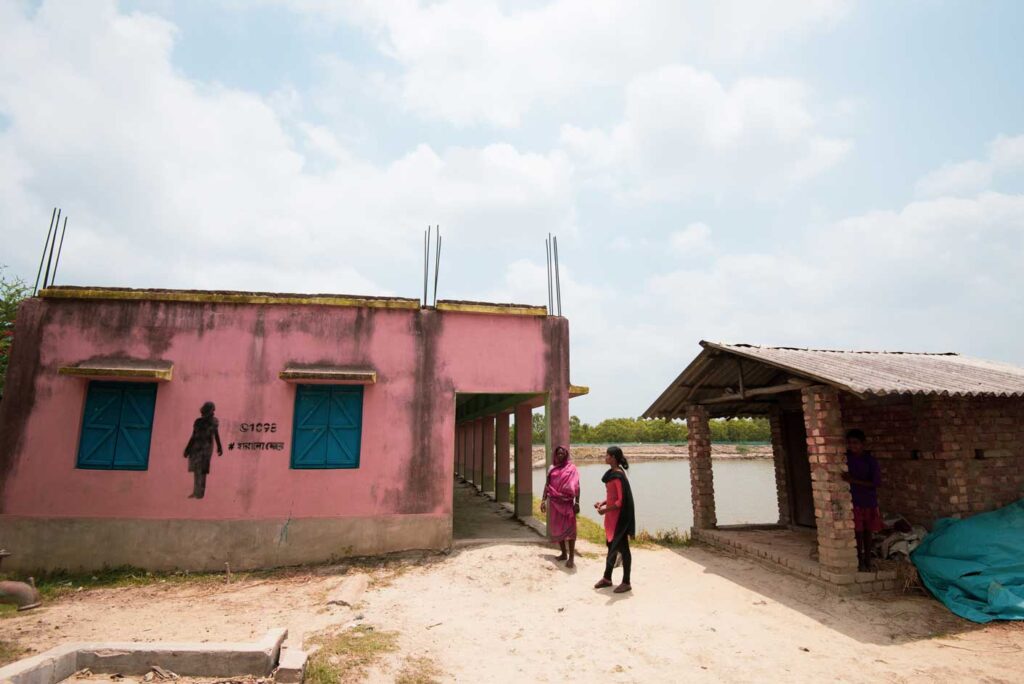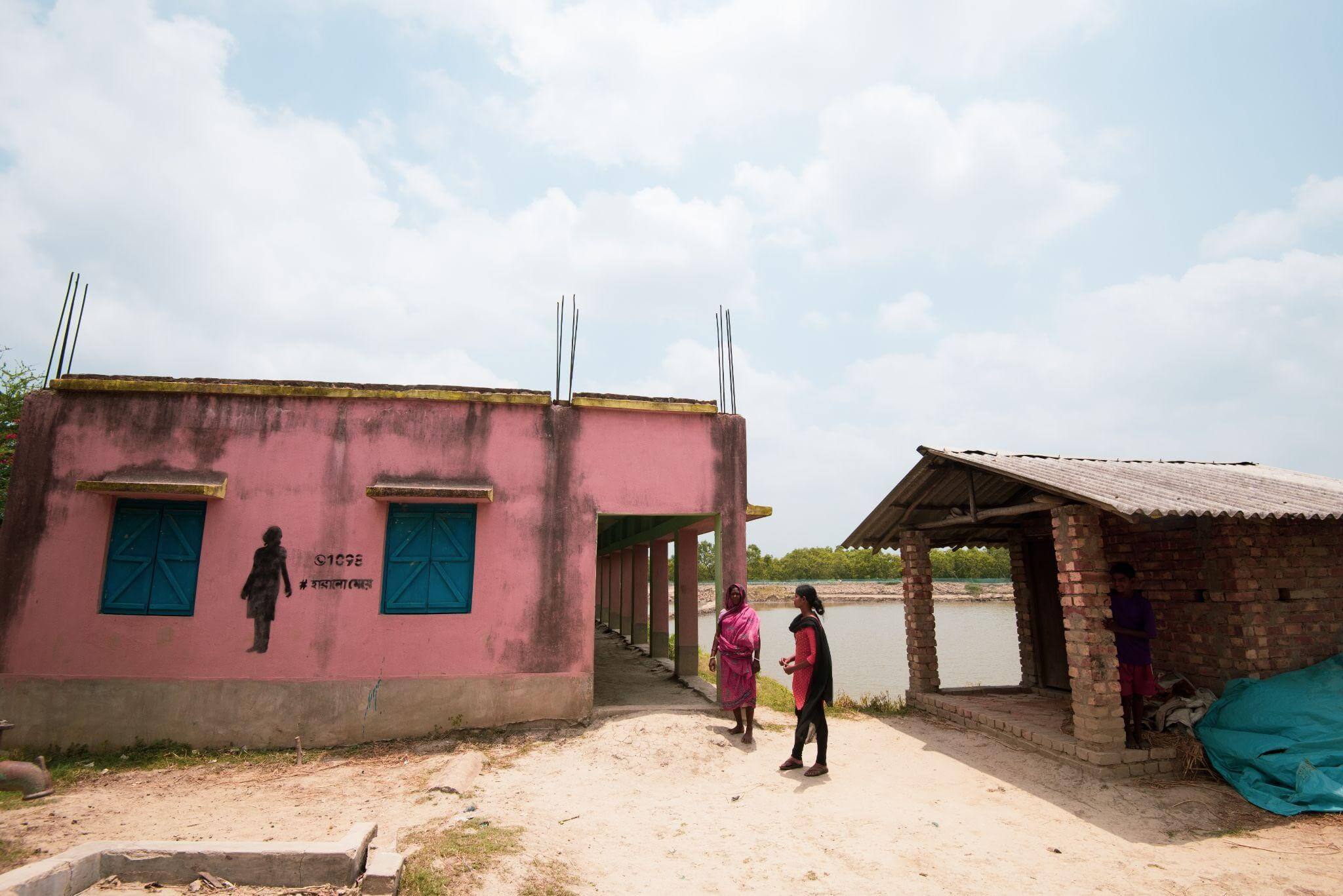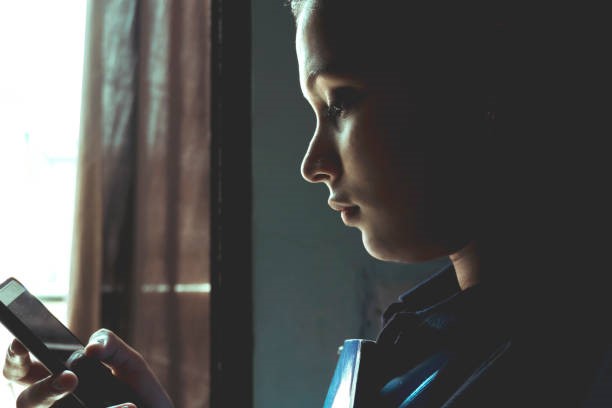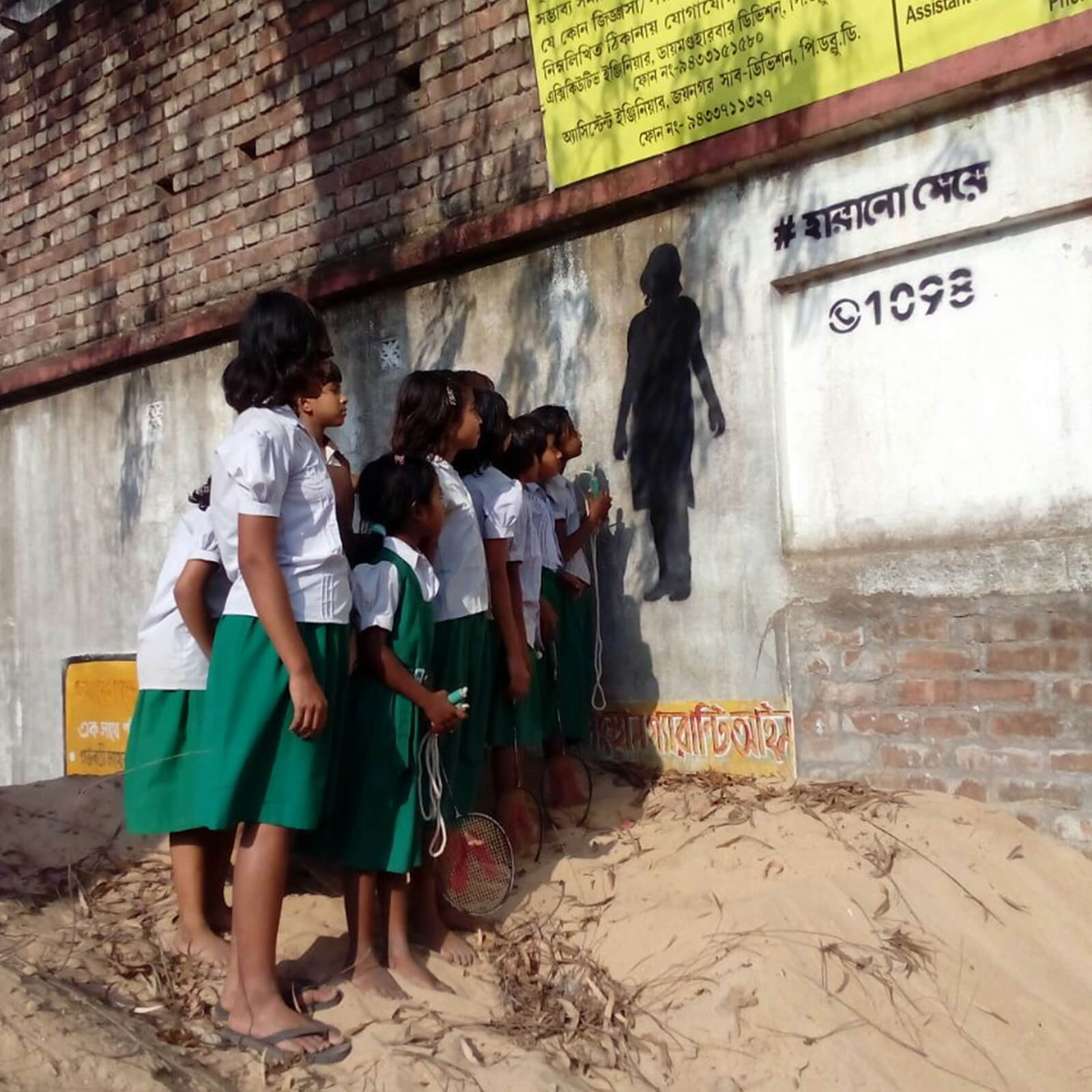How Climate Change has Increased Vulnerability to Trafficking in Sunderbans
- Published: November 3, 2020
- Category: Role of Environment

Copyright: Missing Link Trust
Kultali and Joynagar regions have agriculture as their main source of income, the socio-economic conditions in general are very poor and they also demonstrate the highest rate of crime against women in the Sunderban. Also, in the vulnerability analysis done by UNDP HDR, the two blocks are classified as extremely vulnerable. A case study done in these areas of Sunderban show the highest rates of human trafficking of girls in the region.
The year 2009 witnessed the highest number of women being trafficked that coincided with the occurrence of cyclone Aila. The cyclone had destroyed the houses and livelihoods of the inhabitants leaving them to perish in utter deprivation. Life got progressively insecure, and using these vulnerable conditions as opportunities, girls started getting trafficked at an unprecedented rate.
While men migrated elsewhere to earn a living, middlemen took this as an opportunity to ensnare the women of the house in the sex trade. According to local people of Gosaba, tourism has increased the business of middlemen taking women off to the tourists for sex trade.The Sundarbans are a collection of densely populated islands in India’s sprawling Ganges Delta. This remote region, on the Indian-Bangladesh borders, has always been vulnerable to the malice of human traffickers, an issue that was exaggerated by Cyclone Aila in the May of 2009.
The cyclone displaced a lot of people rendering them homeless and struggling to survive. The devastating effects of climate change related natural disasters like cyclone Aila often exacerbate the vulnerability of individuals. The impoverished families are often forced to send their young children, aged as young as 9 years, to work in factories or small shops in order to earn.
The prevalence of child labour has enabled the human trafficking in several region. The traffickers often deceive young girls and families with fake promises of marriage or employment, the girls are then abducted and sold into prostitution or are made to work as domestic workers, sometimes even as far as the middle east. These girls are never able to come back to their families.
What emerged as key contributors to peoples’ vulnerability in the Sundarbans to trafficking was an absence of social or educational infrastructure, inequities supported by gender, caste, class, religion and indigeneity, high rates of gender-based violence, landlessness and lack or loss of livelihoods, food insecurity and hunger, severe poverty and indebtedness, natural disasters and environmental degradation, and displacement or forced migration. Although these contextual factors are further aggravated by global climate change, the impact of global climate change was unaccounted for while analysing the vulnerability to trafficking.
This low human development characterises the region with wide gender inequities in multiple arenas including educational attainment, work participation, and gender-based violence. The Sundarbans has a high representation of Muslim, Scheduled Caste, and Scheduled Tribal groups, as well as undocumented Bangladeshi migrants and landless households that have historically and occasionally faced discrimination, marginalisation, and poverty. These social-political dimensions intersect with climate and environmental change and leave the people in this region highly vulnerable to human trafficking.
The bulk of the population engages in agriculture, aquaculture, and also the collection of prawn seeds and non-timber forest produce for his or her livelihood. But recurrent floods and cyclones, erratic rainfall, increased temperatures, and rising sea-level have contributed to soil and water salinisation, crop losses, soil infertility, and significant long-term reductions in agricultural yields, adversely impacting local livelihoods. In the context of increasingly degraded environments and natural resources, women must travel farther and spend longer on the gathering of water, fuel, fodder, and forest produce, in addition to livestock and agricultural production. As access to productive and dignified life and resources become scarcer and women’s work burdens intensify, there’s less time available for education and alternative income generation activities. Additionally, when men migrate out because of resource pressures and loss of livelihood, women’s work burdens deepen further. In such contexts, children are also far away from school to assist the family with domestic or wage work.
Climate change remains mostly unanalysed and under-conceptualised as one of the deep-rooted drivers of vulnerability. Examining specific regions and communities that are vulnerable to climate change related natural disasters and are understood to be hubs for human-trafficking can potentially reveal the need to build knowledge regarding the ill-effects of climate change within the discourses of human-trafficking research and policy.
REFERENCES:-
- Karabi Das, Perils of Women Trafficking: A Case Study of Joynagar, Kultali Administrative Blocks, Sundarban, India, International Journal of Education, Culture and Society. Vol. 2, No. 2, 2017, pp. 61-68. doi: 10.11648/j.ijecs.20170202.13

Trafficking And Its Economic Costs – To The Society, The State And The Individual

Addressing The Mental Health Concerns Of Adolescents Within The Anti-trafficking Space
